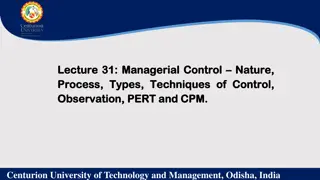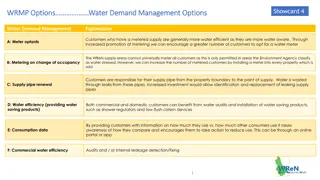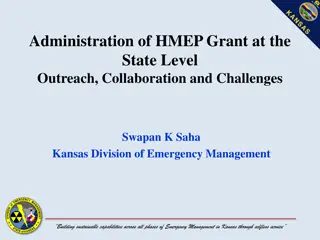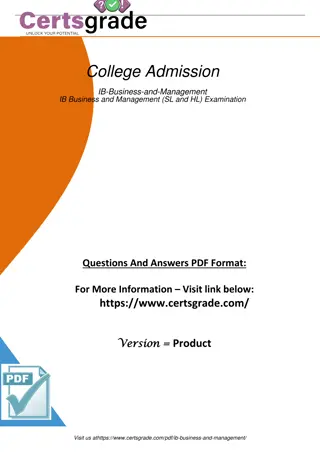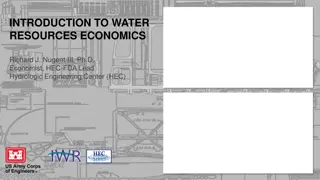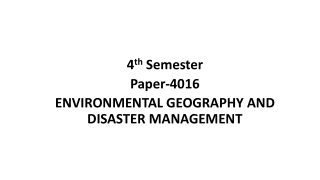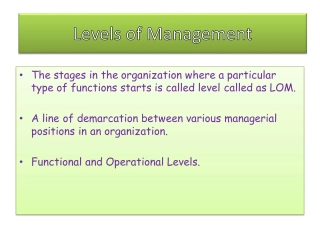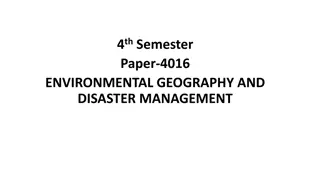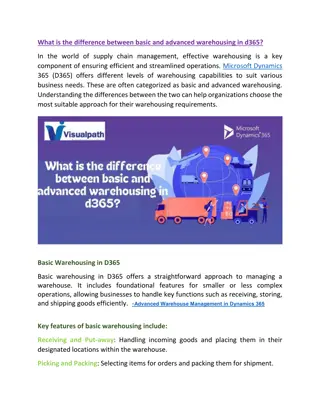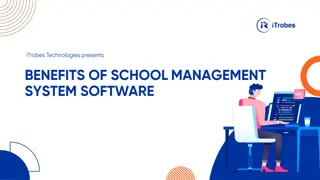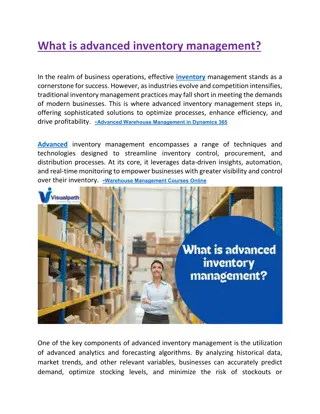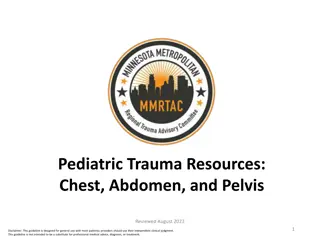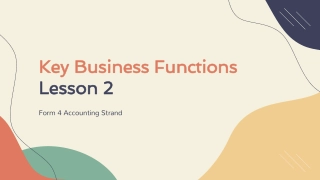Human Resources Management 3 rd Edition
Explore the essential elements of performance management in HR, including reasons for formal evaluation systems, methods for performance reviews, handling performance issues, and considerations for layoffs. Learn about performance management systems, employee development, and the importance of linking performance to compensation.
Human Resources Management 3 rd Edition
PowerPoint presentation about 'Human Resources Management 3 rd Edition'. This presentation describes the topic on Explore the essential elements of performance management in HR, including reasons for formal evaluation systems, methods for performance reviews, handling performance issues, and considerations for layoffs. Learn about performance management systems, employee development, and the importance of linking performance to compensation.. Download this presentation absolutely free.
Presentation Transcript
Human Resources Management 3rdEdition Chapter 8: Performance Management Unless otherwise noted, this work is licensed under a Creative Commons Attribution-NonCommercial- ShareAlike 4.0 International (CC BY-NC-SA 4.0) license. Feel free to use, modify, reuse or redistribute any portion of this presentation.
Learning Outcomes 1. 2. 3. 4. 5. Define the reasons for a formal performance evaluation system. Explain the process to develop a performance review system. Explain various performance management models and methods. Discuss value and best practices in performance review planning. Explain the types of performance issues in the workplace and the internal and external reasons for poor performance. Develop a process for handling employee performance issues. Discuss considerations for initiating layoffs or downsizing. 6. 7.
8.1 Performance Management Systems I A performance management system is an integrated set of processes aimed at helping employees contribute to organizational effectiveness. These systems involve the assessment of individual performance. A good plan aligns the company goals with the employee goals. To Manage performance: Find out who does what and how well they do it. Feed the data in various systems to help the employee and improve the organization in general (i.e., compensation, employee development, and employee records).
8.1 Performance Management Systems II Performance management is an important HR process because it goes to the essence of HR (employee performance) and relates to every other HR process. Performance appraisal systems are seen as crucial to some, and others believe it should be abolished. Why? Because not everyone likes to be evaluated and judged . Managers are often not comfortable evaluating (and judging) their employees because it can strain relationships. It requires careful consideration, design and implementation
8.2 Managing Performance I Compensation There is research that shows employees have a greater acceptance of performance reviews if the review is linked to rewards The linking of performance to compensation requires some careful analysis This process involves the translation of soft data (i.e., performance) into hard data (i.e., dollars) and when this translation takes place, employees pay attention so it must be done well! This Photo by Nick Youngson is licensed under CC BY-SA
8.2 Managing Performance II Employee Development Employees need to know what is expected of them and where they stand: what aspect of their work they need to work on (weaknesses) and what aspects they can capitalize on (strengths). Employee Records Involves documenting HRM decisions and actions maintaining a full employee history (i.e., performance ratings and discussions; actions agreed upon by employees and supervisors.) One Approach Balanced Scoreboard Management system that aligns the company goals into a set of performance objectives and is measured, monitored and changed as needed.
8.3 Designing A Performance Management System STEP 1 - define the performance that is to be measured. Performance Appraisal Components Feedback Frequency Evaluators Reliability and Validity Reliability refers to how consistent the same measuring tool works throughout the organization (or job title). Validity is the extent to which the tool measures the relevant aspects of performance. Consider contamination and Deficiency which can hat compromise the validity of performance appraisals
Step 1. Development of an evaluation form Step 2. 8.4 Steps In Performance Evaluation Process Step 5. Establish a schedule Identification of the performance measures Step 4. Create reward and disciplinary steps Step 3. Define the guidelines for feedback
8.5 Popular Performance Appraisal Models I 360 Feedback Seeks to create unity in the workplace through multi-source assessments. Offers different perspectives on a person s skills, behaviours, abilities, and performance, as well as alleviating the biases often found with single-source assessments. Provides the opportunity for individuals to rate themselves as well as others. Several benefits to both workers and employers. This Photo by PNG ALL is licensed under CC BY-NC
8.5 Popular Performance Appraisal Models II Management by Objectives (MBO) executive management discusses organizational goals and sets objectives for employees based on those goals to be evaluated upon completed of the goals and objectives. Advantages and Disadvantages include: Enhanced understanding of tasks and duties, a reduction in ambiguity around task responsibility, and increased communication within the organization. Poor stimulation to innovate, ignorance of the environment and the resources available to complete the goals, and polarization between people and departments who are not motivated to assist beyond their own goals.\ MBO helps Project Managers move away from decisions being made strictly by management. Instead, it promotes including the entire organization in the planning process.
8.6 Performance Appraisal Methods Another way to approach the assessment of performance is to look at individual actions within a specific job. Comparative methods compare one employee with other employees. Results methods are focused on objective employee accomplishments. Note that many organizations will use these methods in combination. Types of Appraisals Graphic Rating Scale Essay Appraisal Checklist Scale Critical Incident Appraisals Work Standards Approach Ranking Methods
8.7 Value Of Performance Appraisals Evaluation of the team including each member and the Project Manager post project is an important step in encouraging modifications in conduct of members, support the team member s career growth, and continue their benefit to the organization through continuous learning. Failures are attributed to ambiguous standards, bias of the raters, time consuming and wrong selection of the criteria. This Photo by Lumenis licensed under CC BY
8.8 Individual, Team, Manager Performance Reviews Individual Performance Reviews: It is the role of the HR Specialist to assist the team member with preparation (gather all the information related to the employee while working on the project). Team Performance Reviews: A team performance review is an extension of the individual performance review. In a team review, it is not always possible to separate an individual s contribution. Project Manager Performance Review: When a Project Manager receives a traditional performance review other stakeholders may be involved.
8.9 Completing And Conducting The Appraisal I Best Practices in Performance Appraisals The most important aspects to remember when developing a performance evaluation system include the following: Make sure the evaluation has a direct relationship to the job. Consider developing specific criteria for each job based on the individual job specifications and description. Involve managers when developing the process. Garner their feedback to obtain buy-in for the process. Consider involving the employee in the process by asking the employee to fill out a self-evaluation.
8.9 Completing And Conducting The Appraisal II Use a variety of methods to rate and evaluate the employee. Avoid bias by standardizing performance evaluations systems for each job. Give feedback on performance throughout the year, not just during performance review times. Make sure the goals of the performance evaluation tie into the organizational and department goals. Ensure the performance appraisal criteria also ties into the goals of the organization for a strategic HRM approach. Often review the evaluation for each job title since jobs and expectations change.
8.9 Performance Review System Goal setting with employees Performance monitoring, feedback, and coaching Improvement plans and /or rewards The performance appraisal
8.10 Managing Performance Issues Constantly late or leaves early Time spent doing personal things Inability to handle proprietary information Family issues Drug and alcohol abuse Non-performing Conflicts: MGMT or employees Theft Ethical breaches Harassment Conduct outside the workplace One of the most difficult parts of managing others is not when they are doing a great job it is when they are not doing a good job. Examples
8.11 Disciplinary Processes For Performance Issues Discipline is defined as the process that corrects undesirable behaviour. The goal of a discipline process shouldn t necessarily be to punish but to help the employee meet performance expectations Guidelines on the creation of rules and organizational policies: All rules or procedures should be in a written document. Rules should be related to the safety and productivity of the organization. Rules should be written clearly, so no ambiguity occurs between different managers. Supervisors, managers, and human resources should communicate rules clearly in orientation, training, and via other methods. Rules should be revised periodically as the organization s needs change.
8.11 Performance Issue Model Mandated issue Single incident Behavior pattern We can view performance issues in one of five areas: Persistent pattern Disciplinary intervention
8.12 Investigation Of Performance Issues Training managers on how to document performance issues is the first step in this process. Proper documentation is necessary should the employee need to be terminated later for that performance issue. An investigative interview can be conducted A progressive discipline process can be applied Other options include: alternative dispute resolution (ADR), mediation, arbitration, step-review system, peer resolution system or ombudsman system.
8.12 Employee Separation Employee separation can occur in any of these scenarios. First, the employee resigns and decides to leave the organization. Second, the employee is terminated for one or more of the performance issues listed previously. Lastly, absconding is when the employee leaves the organization without resigning and following the normal process. A severance package can include pay, benefits, or other compensation. Rightsizing refers to the process of reducing the total size of employees to ultimately save on costs. It is key to have a solid communication plan as to how the layoffs will be announced.
Summary Define the reasons for a formal performance evaluation system. Explain the process to develop a performance review system. Explain various performance management models and methods. Discuss value and best practices in performance review planning. Explain the types of performance issues in the workplace and the internal and external reasons for poor performance. Develop a process for handling employee performance issues. Discuss considerations for initiating layoffs or downsizing.
End Chapter Review 1. One way to evaluate performance is the balanced scoreboard. Research online other ways companies evaluate performance. Share your research with a partner 2. The formal performance appraisal process is reviewed with employees. As an HR Manager, you need to decide the scheduling of each employee s appraisal. What do you believe is a good time to review the appraisals with employees? 6 months? Once a year? Every two years? Justify you decision. Discuss with a partner. 3. Who all should be involved in a performance appraisal? Why? Brainstorm in a large group. 4. Review reliability and validity. Why are these two measurements important to the performance appraisal system? Discuss with a partner.
End Chapter Review 5. Describe how you would go about training Supervisors in your company to complete performance appraisals. Discuss with a partner. 6. 360 Feedback is a popular workplace performance evaluation system. What are the disadvantages of 360 feedback? How could you overcome these disadvantages as the HR Manager? Share with a partner. 7. Your company has been using the Graphic Rating Scale as a method of performance evaluation for years. You believe there is a better method. You want to introduce a new method. Which one would you choose? Why? Discuss in small group. 8. Under what circumstances in a company would a Team Performance Review be a better choice than an Individual Performance Review? Share with a partner.




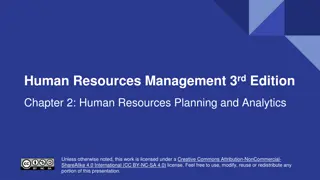
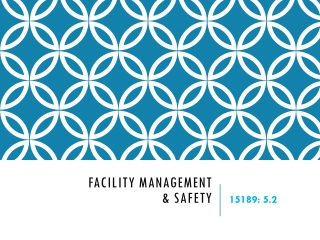
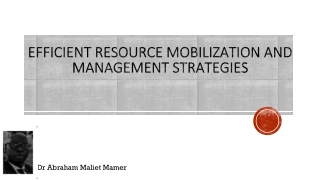

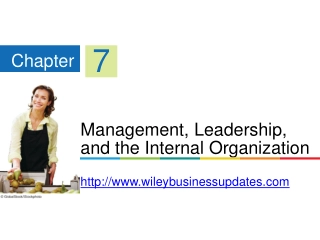

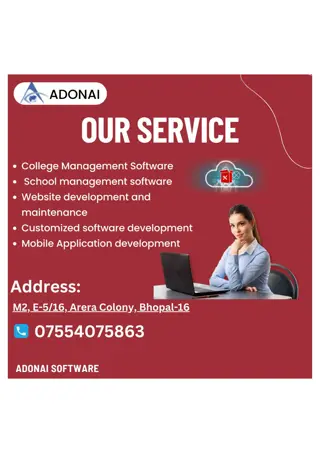




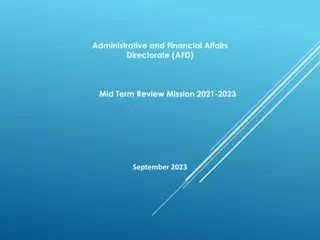
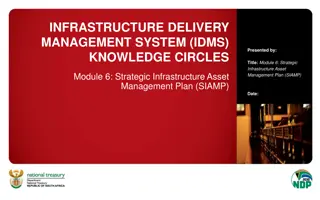


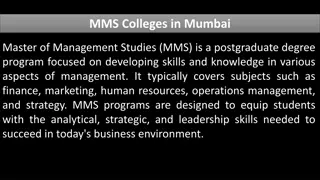


![❤Book⚡[PDF]✔ Doing the Impossible: George E. Mueller and the Management of NASA’](/thumb/21684/book-pdf-doing-the-impossible-george-e-mueller-and-the-management-of-nasa.jpg)

